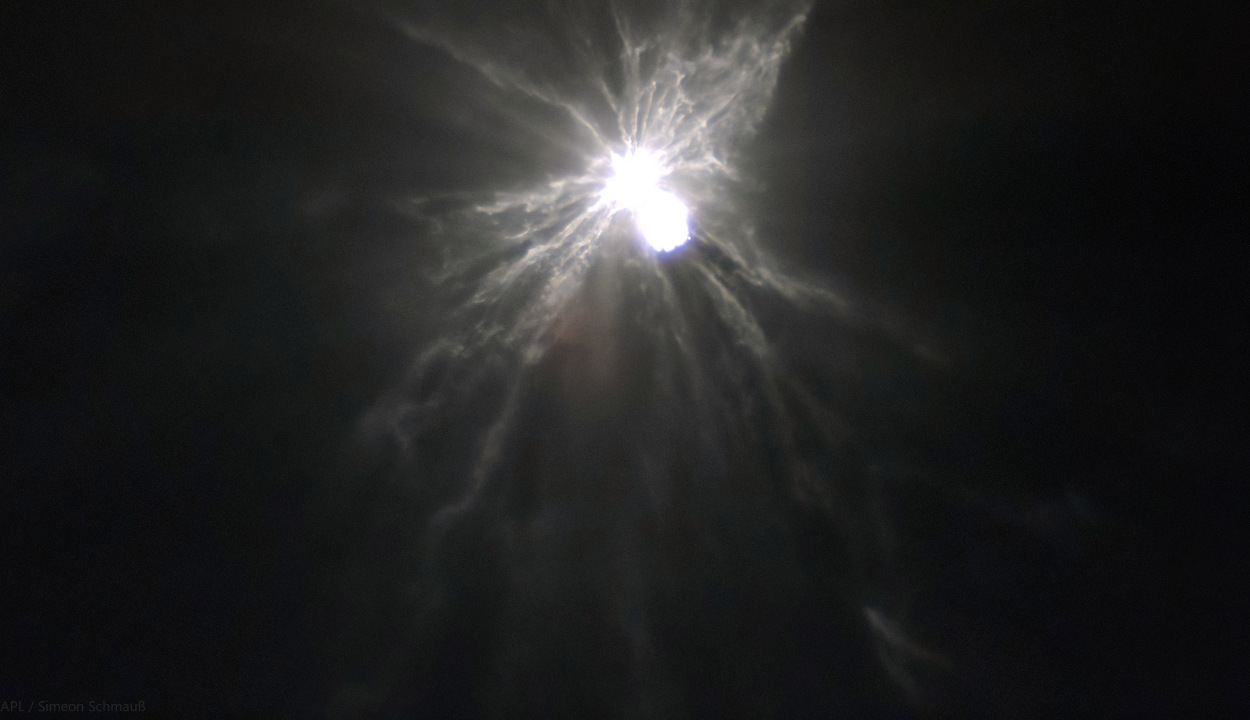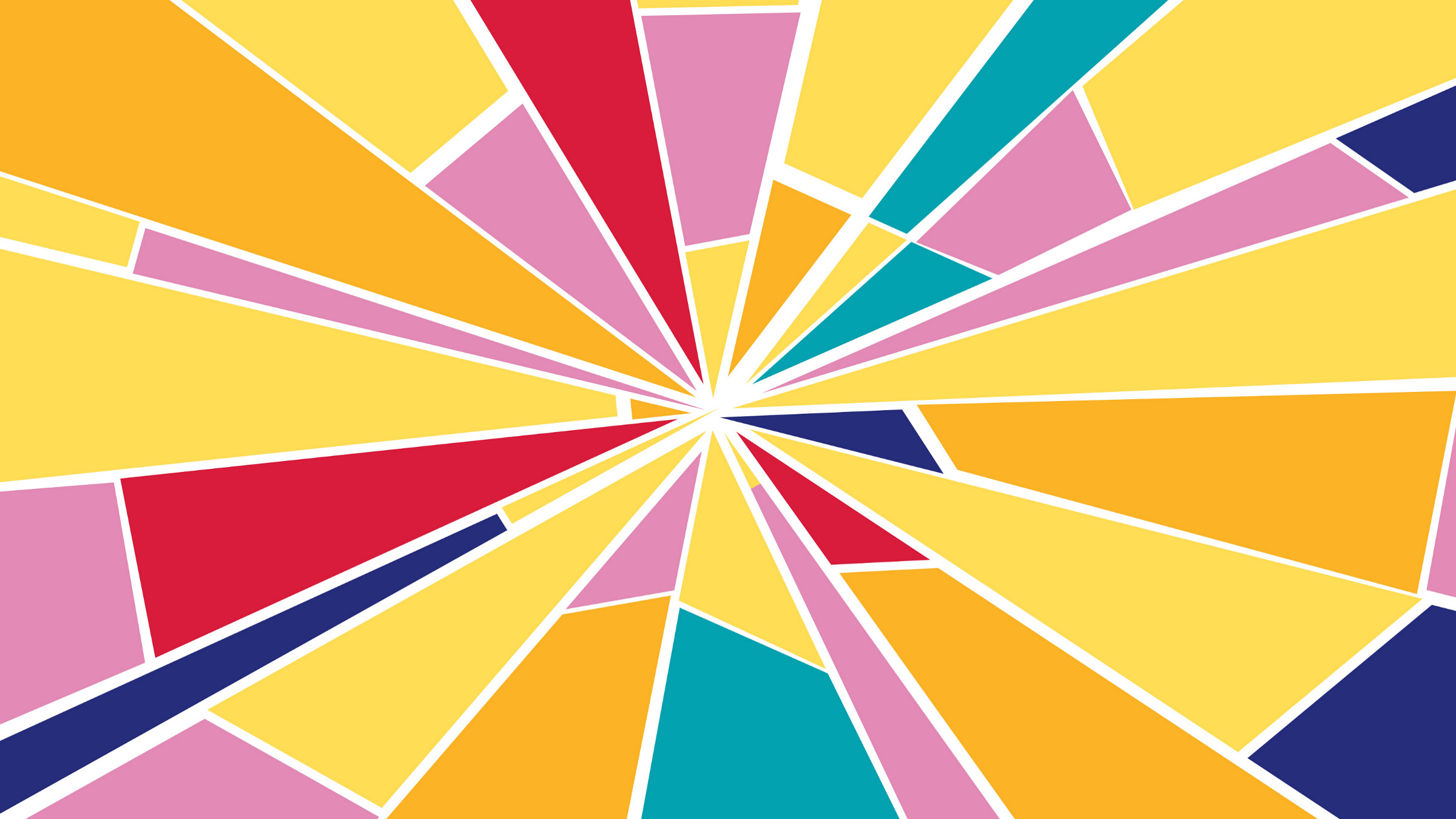On September 26, 2022, in space some 11 million kilometers (nearly 7 million miles) from Earth, a half-ton National Aeronautics and Space Administration (NASA) probe called DART collided head-on with an asteroid called Dimorphos at nearly 24,000 kilometers per hour (around 15,000 m.p.h.).
It was no accident.
After the cloud of ejected debris had cleared, the U.S. space agency’s scientists began running some numbers and found, just as they had hoped, the impact of their sacrificial spacecraft had significantly changed the 150-meter-wide asteroid’s trajectory as it orbited Didymos, its companion asteroid.
To the casual observer, this may not sound much of a result, but far from it: the ability to alter an asteroid’s direction of flight finally gives humanity a way to intercept and redirect the kind of extinction-event asteroids that ended the reign of the dinosaurs. By engineering a collision with a similar kinetic impactor spacecraft some years ahead of an asteroid’s arrival at Earth, lethal space rocks could be safely nudged into avoiding a collision with our planet.
However, astronomers first have to be able to discover these threats to life on Earth—and the success of the DART mission (DART stands for Double Asteroid Redirection Test) has certainly reinvigorated efforts to develop a raft of advanced computer algorithms that can scan starfield images from observatories worldwide and pinpoint a Potentially Hazardous Asteroid (PHA) that might cross Earth’s orbit.
That said, there is a nagging concern bothering the asteroid-hunting community: could the massive swarms of broadband Internet satellites increasingly filling up low Earth orbit—like SpaceX’s Starlink, Amazon’s Project Kuiper, and China’s planned networks—become so dense that they obscure the seeker algorithms’ ability to see lethal space rocks coming? Many think so.
In the vanguard of those developing the next-gen space-rock spotting algorithms is University of Washington space scientist Ari Heinze and his colleagues, who have developed an open-source algorithm called HelioLinc3D. This piece of software has been designed to discover PHAs in images from the soon-to-open Vera C. Rubin Observatory, which will begin operations on the Cerro Pachón ridge in the Chilean Andes in 2025.
The Rubin Observatory will operate differently from existing observatories because it will be looking for some of the faintest supernovae and asteroids ever sought. To accomplish this over the course of a decade, it will survey the entire southern hemisphere sky using its 8.4-meter telescope and ultra-sensitive 3200-megapixel camera. Doing so at such high resolution means that, unlike today’s observatories which image the same part of the sky four times every night, the Rubin will only be able to capture two super-high-resolution widefield images of the sky each night.
The upshot? Conventional algorithms that seek out an asteroid —perceived as a point of light moving unambiguously between the four nightly images—will not work at the Rubin. “A new algorithm is needed for the Rubin Observatory because, in order to cover more sky, it will take only two images per starfield per night, while four images are needed to make a single-night discovery. Without a new algorithm, the Vera Rubin Observatory would be essentially incapable of asteroid discovery,” says Heinze.
HelioLinc3D, he says, “can ‘link’ observations of the same unknown asteroid across multiple nights. Current algorithms, in practice, typically only link observations within a single night.”
It appears to work. In a test Heinze and colleagues ran on archival starfield data, the HelioLinc3D algorithm has already had its first spectacular success, identifying a previously unknown Earth-threatening asteroid (dubbed 2022 SF289) which had been missed in earlier analyses. Subsequent deeper analysis has found it poses no threat to our world.
This finding was possible because archives of starfield data from astronomical sky surveys performed at observatories around the world are stored by the Minor Planet Center (MPC) at Harvard University. “Each survey uses its own software to make a first identification of an asteroid candidate. If the candidate could be a near-Earth asteroid, they submit their data, typically within a few hours of the initial detection, to the Minor Planet Center, the world clearinghouse for asteroid discoveries,” says Heinze.
The MPC, he says, “then combines information from different surveys and continually updates the approximate orbit until it reaches a certain level of accuracy, when they classify the asteroid as ‘discovered’ – typically after 3-10 days of observations.”
To test drive HelioLinc3D ahead of its 2025 deployment, Heinze and colleague Siegfried Eggl ran it across MPC-hosted data from a NASA-funded survey called the Asteroid Terrestrial-impact Last Alert System (ATLAS), which was assembled by John Tonry and Larry Denneau at the University of Hawaii Institute for Astronomy.
In mid-July, HelioLinc3D spotted 2022 SF289 the required four times, confirming it as a 180-meter-wide PHA that, at the time of its imaging in September 2022, was 20 million kilometers from Earth. ATLAS had only managed to observe the rock three times in a single night’s viewings, but HelioLinc’s ability to link across multiple night’s viewings clinched it as a PHA.
“At least four other researchers or research groups are doing the same thing with different algorithms,” on MPC data, says Heinze.
Some coverage of the discovery was a bit off-beam, though, says Heinze. “Contrary to some of the news articles about it, HelioLinc3D does not use deep learning or any type of artificial intelligence, just very clever math.” The deep math is all explained on GitHub, where the C++ algorithm has been open-sourced for use by other PHA seekers.
Fellow astronomers are impressed with the way the code works. “HelioLinc3D is great. Ari did a very nice job with the documentation, which allowed my upper-level computing students to use it for a project last semester,” says Carrie Nugent, associate professor of computational physics and planetary science at the Olin College of Engineering, in Needham, MA.
Nugent and her colleague Nicole Tan also are developing an advanced PHA-seeking algorithm named FINDPOTATOS (after the fact that asteroids often tend to look like little more than gravelly spuds in space). Their aim is to use a mathematical technique called Ball Tree analysis in a bid to “vastly decrease computational time” over other techniques, Nugent says. The Python software will be posted on GitHub after a research paper on the algorithm has been accepted. Why Python? “We prioritized accessibility,” Nugent says.
Both Nugent and Heinze are deeply concerned, however, about the effect that swelling numbers of satellites in Low Earth Orbit could have on asteroid visibility to their algorithms. They are not alone: in a survey of astronomers last fall, 74% were at least “moderately concerned” at the threat, with 42% seriously or extremely concerned.
The reason is clear: Starlink ultimately plans to fly 42,000 satellites, Amazon Kuiper 3,200, and China now appears to have two LEO networks planned: the Guowang constellation with 13,000 satellites, and one called G60 with 12,000. But many more constellations are in the planning: The Aerospace Corporation, a not-for-profit R&D lab in El Segundo, CA, estimates that as many as 100,000 satellites could be launched into LEO by 2030. But it could be way, way worse, however; in June, leading British space lawyer Joanna Wheeler told the Seradata Space Conference in London that radio frequencies for no less than 1.7 million satellites have now been registered with the International Telecommunications Union. They may not all fly, but even if a proportion are launched it could be ruinous for astronomy and LEO navigability by crewed spacecraft.
“An asteroid impact is the only preventable natural disaster,” says Nugent. “If the number of satellites in the sky increases greatly, as is planned, several things could happen. The worst-case scenario would be that they blind the telescopes, preventing us from seeing faint asteroids. This could prevent discovery even before the asteroid-finding algorithms are involved,” she adds.
A study of archival starfield images taken by the California Institute of Technology (Caltech) Palomar Observatory near San Diego, CA, reported in January 2022, when Starlink numbers were less than half what they are now (1,800, versus 4,700 today) found 5,300 streaks from Starlink satellites across images taken between November 2019 and September 2021. Starlink orbits make twilight a bad time to scan the heavens, with 6% of images having Starlink streaks in late 2020 and 18% by August 2021 as the network grew.
“Even with ideal algorithms, it will be impossible to see a faint asteroid right behind a bright satellite trail. Some dangerous asteroids are observable for only a short time during rare encounters with the Earth. If such an object were going to hit the Earth in the next 20 years, we might have only one encounter in which to discover it, and a single satellite trail could ruin that chance,” says Heinze.
“This scenario is unlikely, but it’s not impossible. Blinding the watchman, even briefly, is always a bad idea.”
Paul Marks is a technology journalist, writer, and editor based in London, U.K.




Join the Discussion (0)
Become a Member or Sign In to Post a Comment